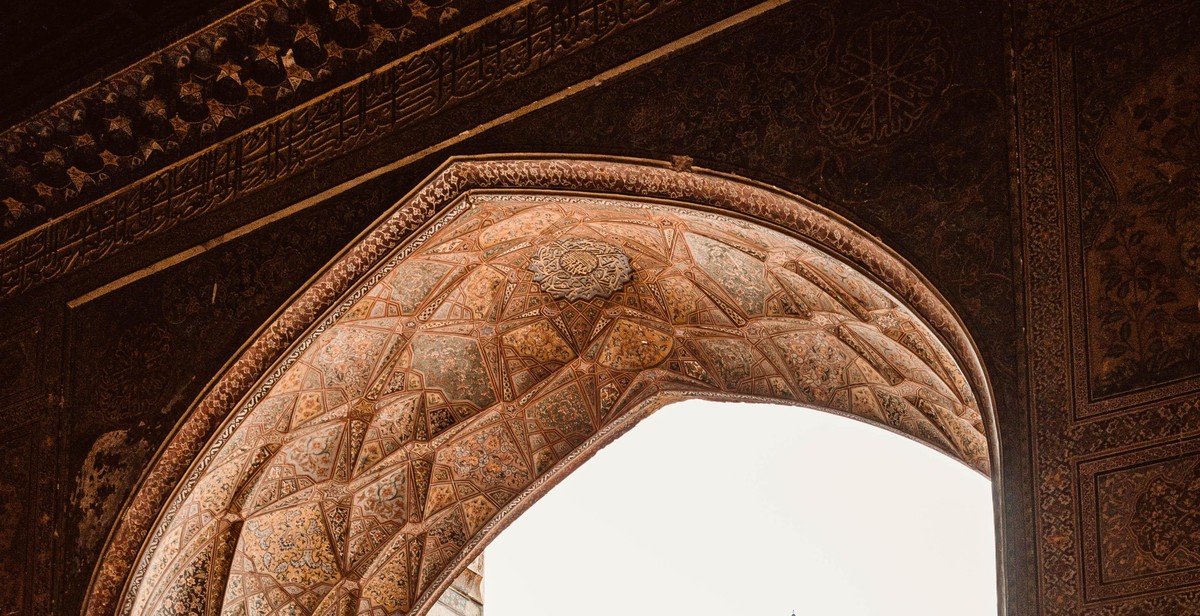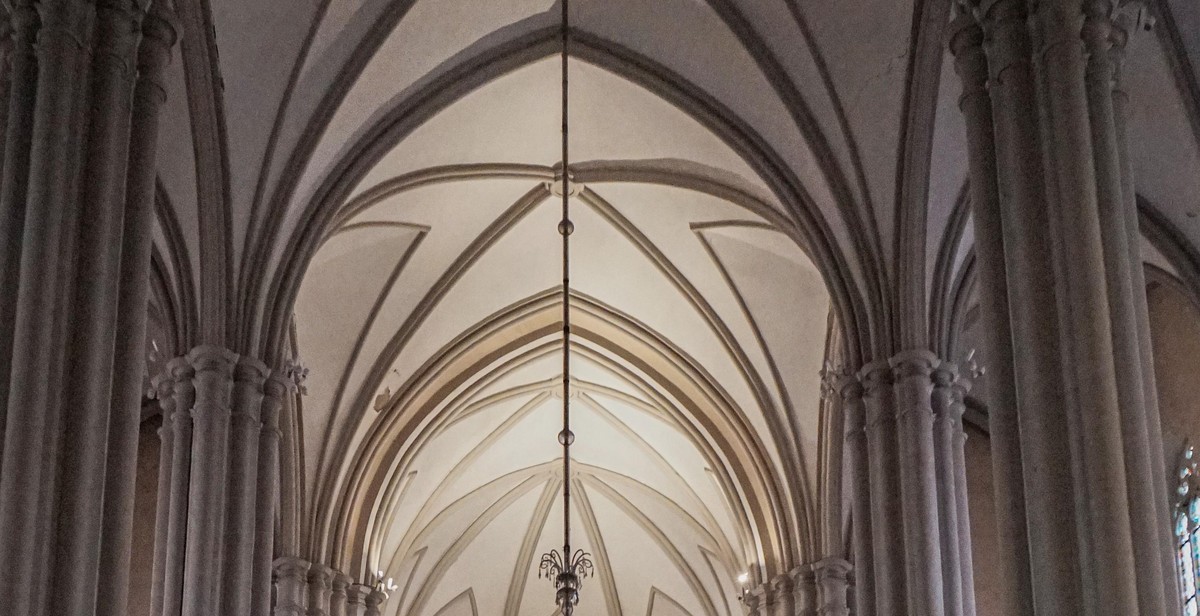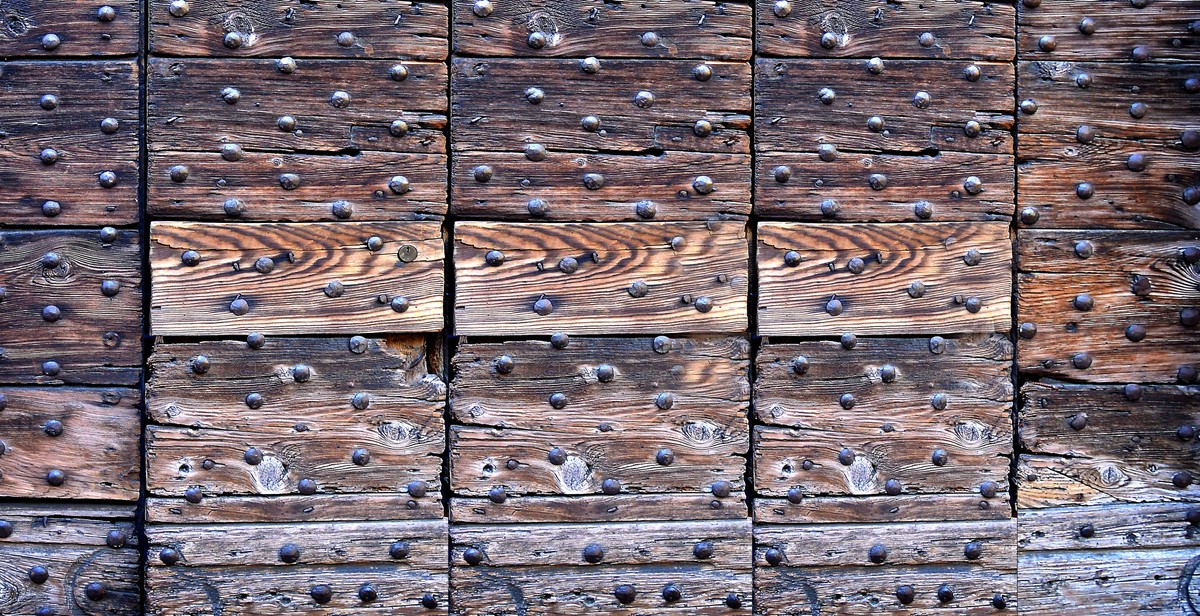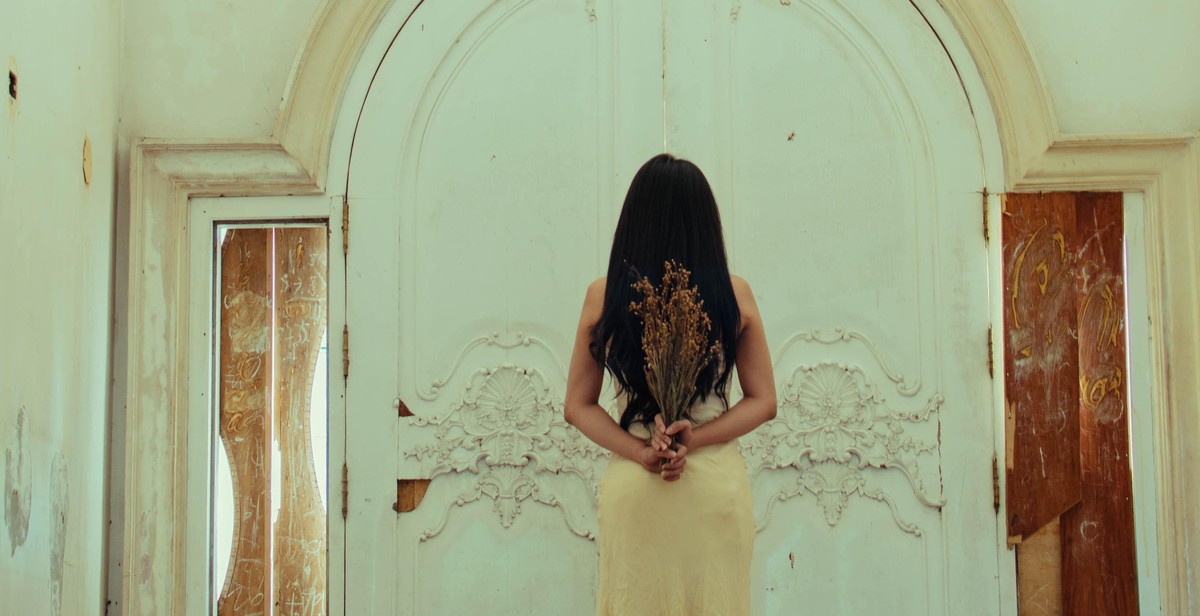How to Incorporate Gothic Elements in Interior Design: Creating a Dark and Dramatic Ambience
Gothic interior design is a style that has been around for centuries and is characterized by its dark, dramatic, and moody atmosphere. It is inspired by the Gothic architecture of the Middle Ages and is known for its ornate details, rich textures, and bold colors.
The Gothic style is not for everyone, but for those who appreciate it, it can be a way to express their love for the dark and mysterious. Incorporating Gothic elements into your home can create a unique and striking atmosphere that is both elegant and haunting.
What is Gothic Interior Design?
Gothic interior design is a style that is inspired by the Gothic architecture of the Middle Ages. It is characterized by its dark, dramatic, and moody atmosphere, as well as its ornate details, rich textures, and bold colors. Gothic interior design is often associated with haunted houses, castles, and other spooky settings, but it can also be used to create a sophisticated and elegant atmosphere.
The key elements of Gothic interior design include:
- Dark colors, such as black, deep red, and purple
- Ornate details, such as intricate carvings and moldings
- Rich textures, such as velvet, brocade, and lace
- Heavy fabrics, such as drapes and tapestries
- Candles and chandeliers for lighting
- Gothic art and decor, such as gargoyles and stained glass
Incorporating these elements into your home can create a dark and dramatic ambience that is both elegant and haunting.

Colors and Materials for Gothic Interior Design
Gothic interior design is all about creating a dark and dramatic atmosphere that is both elegant and mysterious. Choosing the right colors and materials is essential to achieving this look and feel. Here are some tips to help you select the perfect colors and materials for your Gothic-inspired interior design:
Choosing the Right Colors
When it comes to Gothic interior design, black is the go-to color. It is the epitome of darkness and creates a sense of mystery and elegance. However, you can also incorporate other dark colors such as deep purples, burgundies, and navy blues to create a rich and luxurious atmosphere.
For contrast, you can also add splashes of white or metallic accents such as silver or gold. These colors will help to break up the darkness and add a touch of glamour to the space.
Selecting Appropriate Materials
The materials you choose for your Gothic interior design should be rich and luxurious. Think velvet, leather, and silk for your upholstery and draperies. For your flooring, dark hardwoods or stone tiles are ideal. They are durable and add to the overall dark and dramatic ambiance.
Don’t forget to incorporate metal accents such as wrought iron or bronze. These materials are commonly used in Gothic architecture and add to the overall aesthetic of the space.
When it comes to accessories, consider adding candles, chandeliers, and mirrors. These items will not only add to the overall ambiance but will also reflect light and create a sense of depth in the space.
Conclusion
Choosing the right colors and materials is essential to creating a Gothic-inspired interior design. By incorporating dark colors, rich materials, and metal accents, you can achieve a dark and dramatic ambiance that is both elegant and mysterious.

Furniture and Decor
One of the key elements in creating a Gothic interior is the furniture. Gothic furniture is characterized by its dark and ornate design, incorporating intricate details and rich textures. When selecting Gothic furniture, it’s important to choose pieces that are both functional and visually striking.
Selecting Gothic Furniture
One of the most important pieces of furniture in a Gothic interior is the bed. A four-poster bed with ornate carvings and rich fabrics can create a dramatic centerpiece for the room. Other key pieces of furniture can include a dark wood dining table with ornate chairs, a large leather sofa, and a Gothic-style bookcase.
When selecting Gothic furniture, it’s important to consider the size of the room and the overall design aesthetic. Too much ornate furniture can make a room feel cluttered and overwhelming, so it’s important to balance the pieces with simpler, more functional items.
Decorating with Gothic Accessories
In addition to furniture, Gothic accessories can add a sense of drama and intrigue to a room. Some popular accessories include:
- Gothic-style chandeliers and candelabras
- Ornate mirrors with dark frames
- Decorative tapestries with medieval or Gothic motifs
- Candles and candlesticks
- Sculptures and figurines with a dark or macabre theme
When decorating with Gothic accessories, it’s important to consider the overall design aesthetic and to choose items that complement the furniture and other decor elements. Too many accessories can make a room feel cluttered, so it’s important to choose a few key pieces and arrange them strategically.
| Tip: | When incorporating Gothic elements into your interior design, it’s important to balance the dark and dramatic aesthetic with functional and comfortable elements. Choose furniture and decor items that reflect your personal style and create a space that feels both inviting and visually striking. |
|---|

Lighting: Creating a Dark and Moody Atmosphere
Lighting is a crucial element when it comes to creating a dark and dramatic atmosphere in Gothic interior design. Proper lighting can transform a room into a moody and mysterious space that exudes a sense of drama and intensity. Here are some tips for incorporating Gothic lighting into your interior design:
Choosing Gothic Lighting Fixtures
Gothic lighting fixtures are often characterized by their ornate and intricate designs, which feature elements such as wrought iron, stained glass, and candlesticks. When choosing Gothic lighting fixtures, consider the style and mood you want to create. Chandeliers, wall sconces, and table lamps are all great options for creating a Gothic ambiance.
Chandeliers are particularly effective in creating a grand and dramatic atmosphere. Look for chandeliers with multiple tiers and intricate detailing to add a touch of Gothic elegance to your space. Wall sconces are a great option for adding a touch of moodiness to a room. Choose sconces with dark finishes and ornate designs to create a Gothic ambiance. Table lamps can also be used to create a cozy and intimate atmosphere in a room. Look for lamps with intricate bases and dark shades to add a touch of Gothic elegance to your space.
Placement of Lighting Fixtures
The placement of lighting fixtures is also important when creating a Gothic ambiance in your interior design. Consider using multiple sources of light to create a layered effect that adds depth and dimension to your space. Use chandeliers as the main source of light, and supplement with wall sconces and table lamps to create a moody and mysterious atmosphere.
When placing lighting fixtures, consider the focal points of your room. Chandeliers should be centered over a dining table or in the middle of a foyer to create a grand and dramatic effect. Wall sconces can be used to highlight artwork or architectural details, while table lamps can be used to create a cozy and intimate atmosphere in a living room or bedroom.
Conclusion
By incorporating Gothic lighting fixtures into your interior design and carefully considering their placement, you can create a dark and dramatic atmosphere that exudes a sense of mystery and intensity. Whether you choose chandeliers, wall sconces, or table lamps, Gothic lighting can transform any space into a moody and mysterious Gothic masterpiece.

Textiles and Patterns in Gothic Interior Design
Gothic interior design is all about creating a dark and dramatic ambience. One way to achieve this is by incorporating gothic textiles and patterns into your decor. These elements can add texture, depth, and visual interest to your space.
Incorporating Gothic Textiles
When it comes to gothic textiles, think rich, luxurious fabrics in deep colors. Velvet, brocade, and silk are all great choices. These fabrics can be used for curtains, upholstery, and decorative pillows. Dark colors like black, deep red, and purple are perfect for a gothic look. You can also add texture with faux fur or leather accents.
Another way to incorporate gothic textiles is with rugs and tapestries. Look for ornate patterns and designs that feature gothic motifs like skulls, crosses, and roses. These pieces can add a touch of gothic elegance to your floors and walls.
Using Gothic Patterns
Gothic patterns are an essential element of gothic interior design. These patterns are often intricate and ornate, featuring gothic motifs like gargoyles, crosses, and skulls. You can incorporate these patterns into your decor through wallpaper, fabrics, and decorative accents like throw pillows and lampshades.
When using gothic patterns, it’s important to balance them with solid colors and neutral tones. Too much pattern can be overwhelming, so use it sparingly. A gothic patterned wallpaper or accent wall can add drama to a room, while a gothic patterned throw pillow or rug can be a subtle nod to the style.
| Examples of Gothic Textiles and Patterns | Image |
|---|---|
| Velvet curtains in deep red |  |
| Gothic patterned wallpaper |  |
| Black faux fur rug |  |
By incorporating gothic textiles and patterns into your decor, you can create a dark and dramatic ambience that is both elegant and edgy. Whether you go all out or just add a few gothic accents, these elements can add a touch of gothic romance to any space.

Conclusion
Incorporating Gothic elements in interior design can create a dark and dramatic ambiance that is both elegant and intriguing. By using the right combination of colors, textures, and materials, you can transform any space into a Gothic-inspired sanctuary.
Final Thoughts
Remember, Gothic design doesn’t have to be overwhelming or gloomy. It’s all about finding a balance between darkness and light, and creating a space that reflects your personality and style. Whether you’re going for a full-on Gothic look or just adding a few subtle elements, be sure to keep your vision in mind and stay true to your personal taste.
Get Creative
Experiment with different textures, patterns, and materials to create a unique and personalized Gothic-inspired space. Don’t be afraid to mix and match styles and eras to create a look that is all your own.
Final Tips
- Choose a color palette that reflects your personal style and the mood you want to create.
- Use lighting to enhance the Gothic ambiance of your space.
- Don’t forget to incorporate Gothic-inspired accessories such as candles, chandeliers, and mirrors.
- Finally, have fun and let your creativity run wild!
 |
 |
 |
 |
 |
 |
With the right design elements and a little creativity, you can create a Gothic-inspired space that is both beautiful and functional. So go ahead and embrace the
